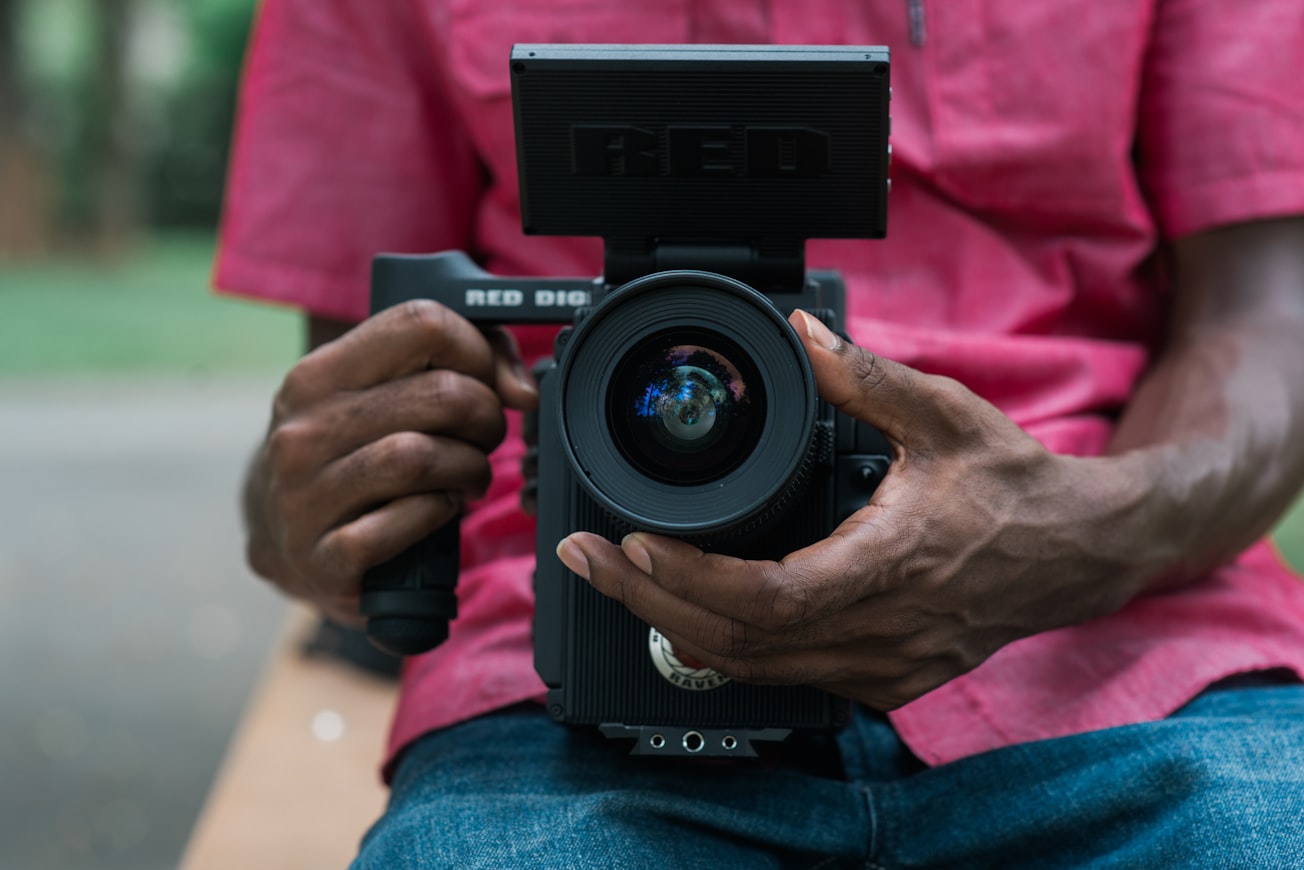What is it about?
Most journalism research focuses on 1) journalists, 2) media organizations, 3) media content, or 4) audience reactions. This research provides a unique perspective by sharing the perspectives not only of the journalists who created the media but also the people depicted in those media to better understand — using the 2015 race-related protests at Mizzou as a case study — how demographics affect news media coverage.
Featured Image

Photo by Skye Studios on Unsplash
Why is it important?
Most research on how the news media cover race focuses either on perspectives of journalists or on their subjects. Few comparative studies concurrently integrate the perspectives of both these groups and virtually none has done this from a visual standpoint. Using the 2015 race-related Mizzou protests as a case study, this research employs in-depth interviews with photojournalists and their subjects to explore (1) how past experience with people of color impacts photojournalism, (2) how scripted journalistic behavior affects race-related visual coverage, and (3) how photojournalists can better cover race-related issues more accurately. The study's results advance social identity theory and inform the debate about documentary photography's role in civil rights movements and activist causes.
Read the Original
This page is a summary of: Black, White, and a Whole Lot of Gray: How White Photojournalists Covered Race During the 2015 Protests at Mizzou, Visual Communication Quarterly, October 2016, Taylor & Francis,
DOI: 10.1080/15551393.2016.1230473.
You can read the full text:
Contributors
The following have contributed to this page







